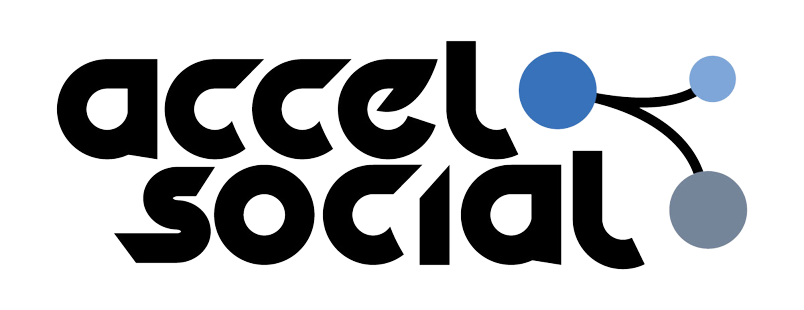INTENT DATA
Intent data and B2B lead generation: How it works the pluses and minuses
It’s no secret that the B2B industry is both more competitive and more difficult to successfully penetrate now than ever before. Not only can the number of B2B companies in the industry make it difficult for up-and-coming B2B industries to make an impact on the market; but consumers also have more information available to them than ever before.
This makes it increasingly difficult for B2B companies to influence purchasing decisions. Enter intent data, which gives B2B companies a way to reliably generate leads and focus content marketing, even in the digital age.
What intent data is (and isn’t)
Whenever you make a search on Google or any other search engine, you generate a data footprint of your intent. For example, if you type “what is the best movie of 2018,” data is generated indicating that you are searching for movies to watch.
As a result, you’ll likely start getting ads from publishing houses that have used third parties to purchase your intent data – such as Sony or Fox Searchlight advertising their movies to you. In this example, it’s easy to see the value of intent data for B2C companies, which can use intent data to advertise their products to users who they know are searching for similar items.
In short, every time you get an ad on websites such as YouTube or Instagram, you’re getting ads generated for you using your intent data. Intent data is not, as has sometimes been mistakenly insinuated, a way for B2B companies to – with certainty – predict who will buy from them and when.
Instead, B2B companies can use intent data to effectively generate leads and focus content marketing campaigns, making intent data even more valuable to B2B companies than it is to B2C companies.
How B2B companies can make intent data work in their favor
Crucially, B2C companies are not able to use intent data as effectively as B2B companies are. Because B2B has a longer sales cycle, and B2B purchases are often dictated by buying groups with multiple people, there’s far more leeway for intent data to affect how B2B companies generate leads and target certain clients as opposed to how B2C companies use intent data.
For example, using intent data allows B2B companies to see which members of buying groups are searching for the products or services they offer. Not only does this allow B2B companies to target stakeholders already searching for similar products or services with ads, but it also allows them to focus their content marketing in a way that catches other stakeholders in a buying group and leads them towards their products or services.
Other uses for intent data in the B2B industry
Intent data can also perform other crucial functions for B2B companies. For example, B2B companies can keep track of trends and evolve content marketing campaigns by using intent data to track how searches for B2B products and services are evolving across the industry.
B2B companies can also use intent data to track what previous clients and customers are interested in, allowing them to improve customer retention by constantly keeping themselves on top of their customer and client’s needs.
In conclusion, intent data has the potential to play an invaluable role for B2B companies, allowing them to prospect leads, focus content marketing, monitor industry trends and cross-selling opportunities, and improve customer retention.
If you’re interested in using intent data to help your B2B company reach its full potential, we’d love to help! Our team here at AccelSocial specializes in helping B2B companies generate valuable leads and more. To learn more about what we can do for you, click here
